Truly sustainable fish farming

NEWS
-
October 28
Planlegger storstilt vertikal grønnsaksproduksjon i Trøndelag
Med sterke samarbeidspartnere i ryggen planlegger Columbi Farms bærekraftig grønnsaksproduksjon i stor skala, i det som skal bli Norges største vertikale gård. Gigantanlegget ventes å stå klart allerede i 2024. - October 18
- September 15
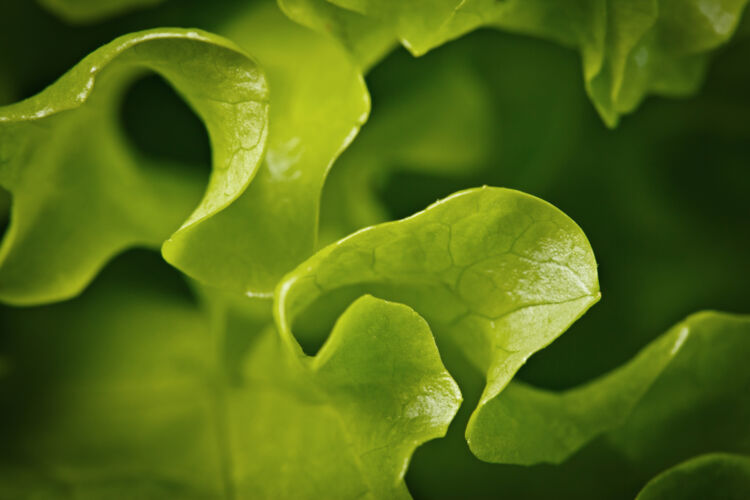
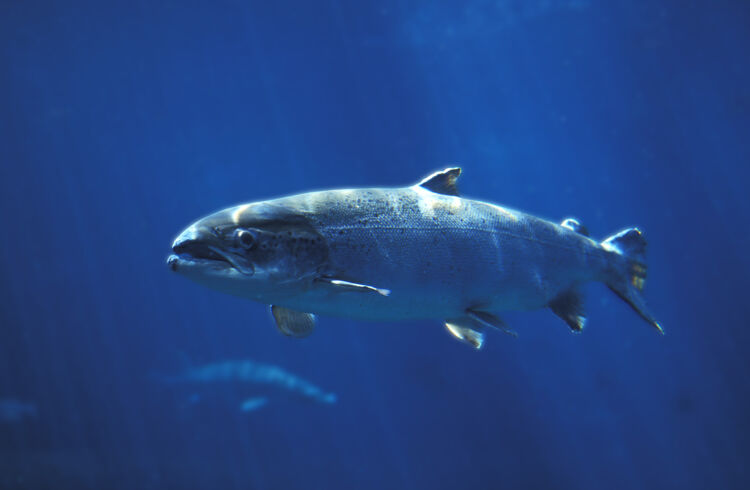
Our process
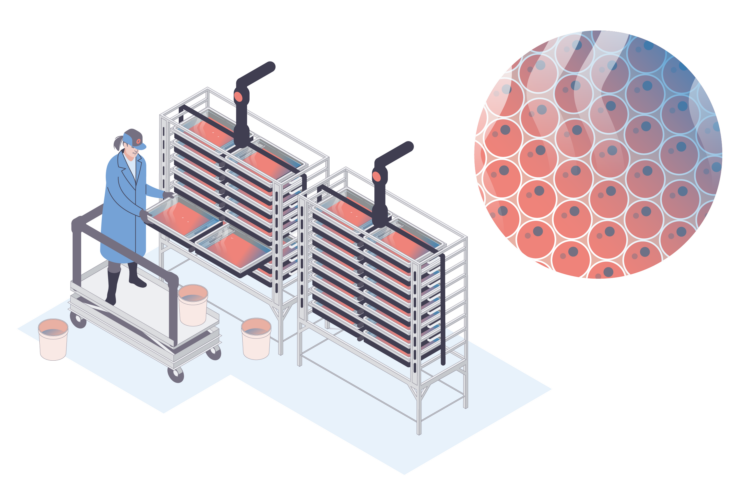
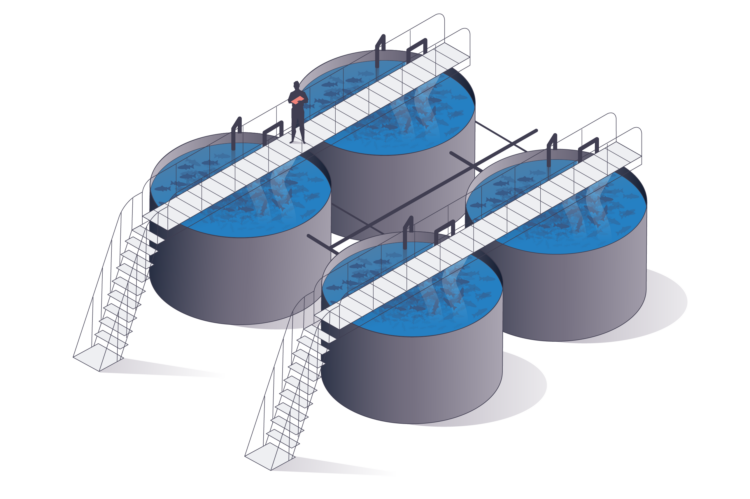
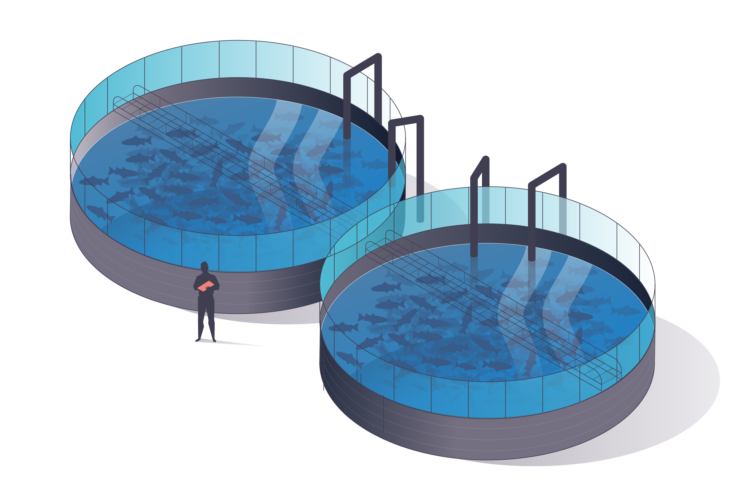
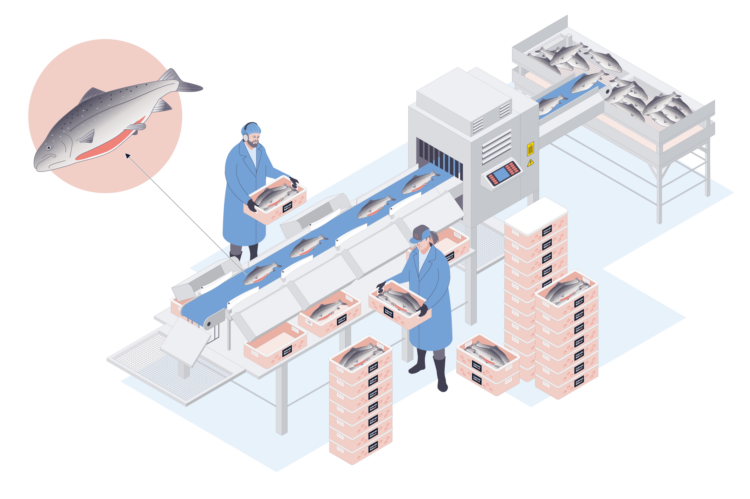
Primary processing
When the fish reaches its target weight (4-5 kilos), it is transferred to the primary processing plant, which is situated next to the largest grow out tanks. The fish is slaughtered, and gutted salmon, including the head, is packed in ice-filled boxes and transported to consumers.
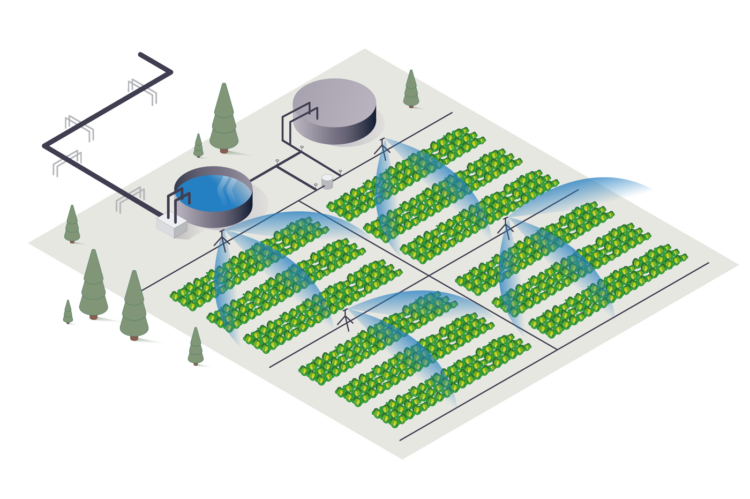
Recycled production
The fresh water from the fingerling/smolt phase is normally taken out and cleaned for particles and nutrients. In our system, some of this water will instead be transferred to a large greenhouse (aquaponic) which has the capacity of growing up to 4,000 tonnes of salad annually, without using a single gramme of soil.